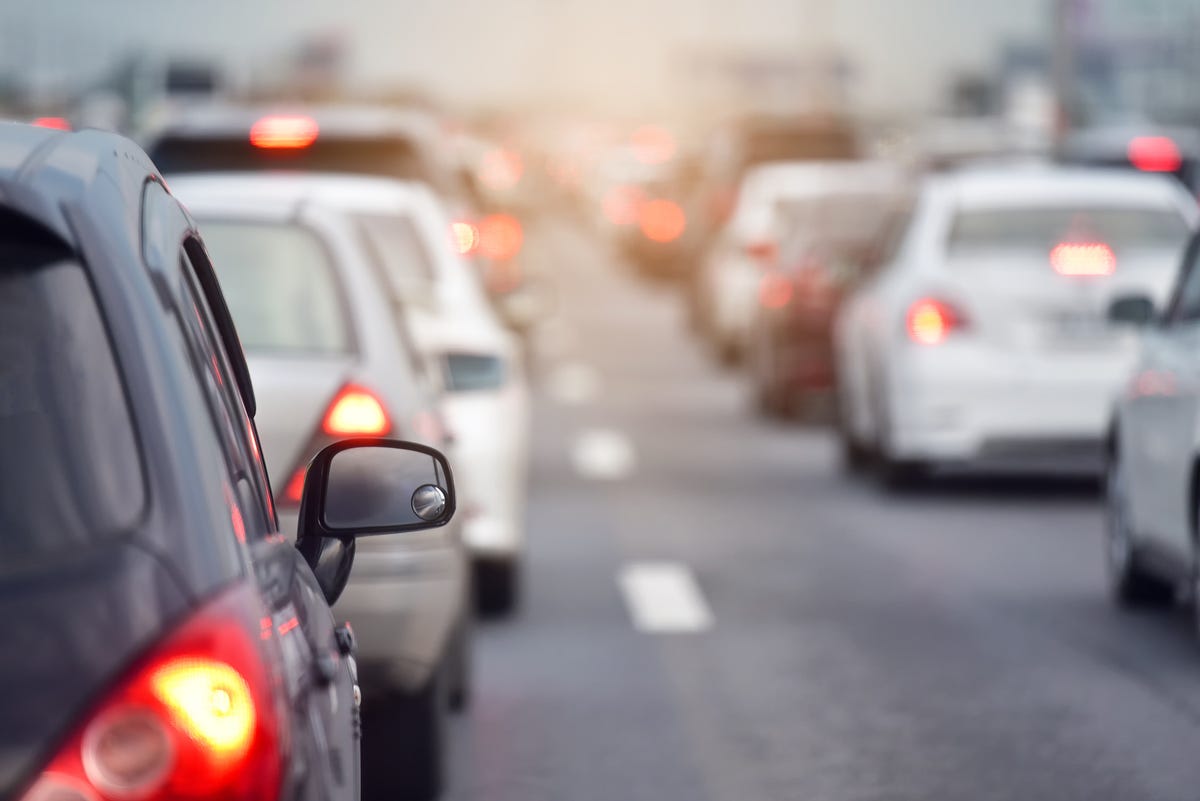
Image: Getty Images/Jung Getty
Google Maps will soon show drivers in the US, Europe and Canada the most fuel-efficient route based on the vehicle’s type — whether its electric or runs on petrol, diesel or hybrid.
The new Google Maps fuel-efficient routes could offer drivers some relief as they ponder how much they’re adding to the world’s environmental woes. It also could be help drivers as they navigate higher energy and fuel prices.
Now, beyond the choice of avoiding tolls, before setting off, Google Maps users can configure the app to “Prefer fuel-efficient routes” based on their engine type by selecting petrol, diesel, electric or hybrid. Google promises Google Maps will then select the best route and most accurate fuel or energy efficiency estimates.
Google is using data from insights from the U.S. Department of Energy’s National Renewable Energy Laboratory (NREL) and data from the European Environment Agency.
“By pairing this information with Google Maps driving trends, we were able to develop advanced machine learning models trained on the most popular engine types in a given region,” Rubén Lozano-Aguilera, a Google Maps product manager says in a blogpost.
For EV owners, searching for “EV charging station” will show nearby stations, what port types are available, charging speeds, and for some stations, whether is a charge is presently available.
Google launched eco-friendly driving routes last year in the US and Canada, but had only earmarked Europe for a future release.
In May, it claimed people had already used it for traveling 86 billion miles. That feature saved an estimated half a million metric tons of carbon emissions — the equivalent of taking 100,000 cars off the road, Google said at the time.
Today, eco-friendly routing in Google Maps is available in 40 countries across Europe. It arrived in Germany in August.
“With eco-friendly routing, you can choose a route that’s optimized for lower fuel consumption, which helps you save money on fuel and reduce carbon emissions — something that’s top of mind for many Europeans,” noted Lozano-Aguilera.
The EEA just released a report illustrating that greenhouse has emissions from heavy-duty vehicles increased almost 30% from 1990 to 2019. They’re responsible for a quarter of CO2 emissions from road transport in the EU. It’s risen consistently since 2014 except for a dip in 2020 due to the COVID-19 pandemic. The trend runs counter to the aim of the European Green Deal to cut emissions by 90% by 2050 by way of a smarter and affordable transport system.
While Google Maps might help European find fuel-efficient routes, the EEA has a different idea for to cut emissions: moving freight transport from road to rail, and passenger transport from cars to buses and coaches.
The second option would reduce the need for fuel-efficient routes. But, while trains are a great travel option in Europe, it’s going to be a hard convincing Europeans to give up cars for buses. The EEA also would like to reduce the number of trips across the board.
Google notes that Maps users can still choose the fastest route in Settings.